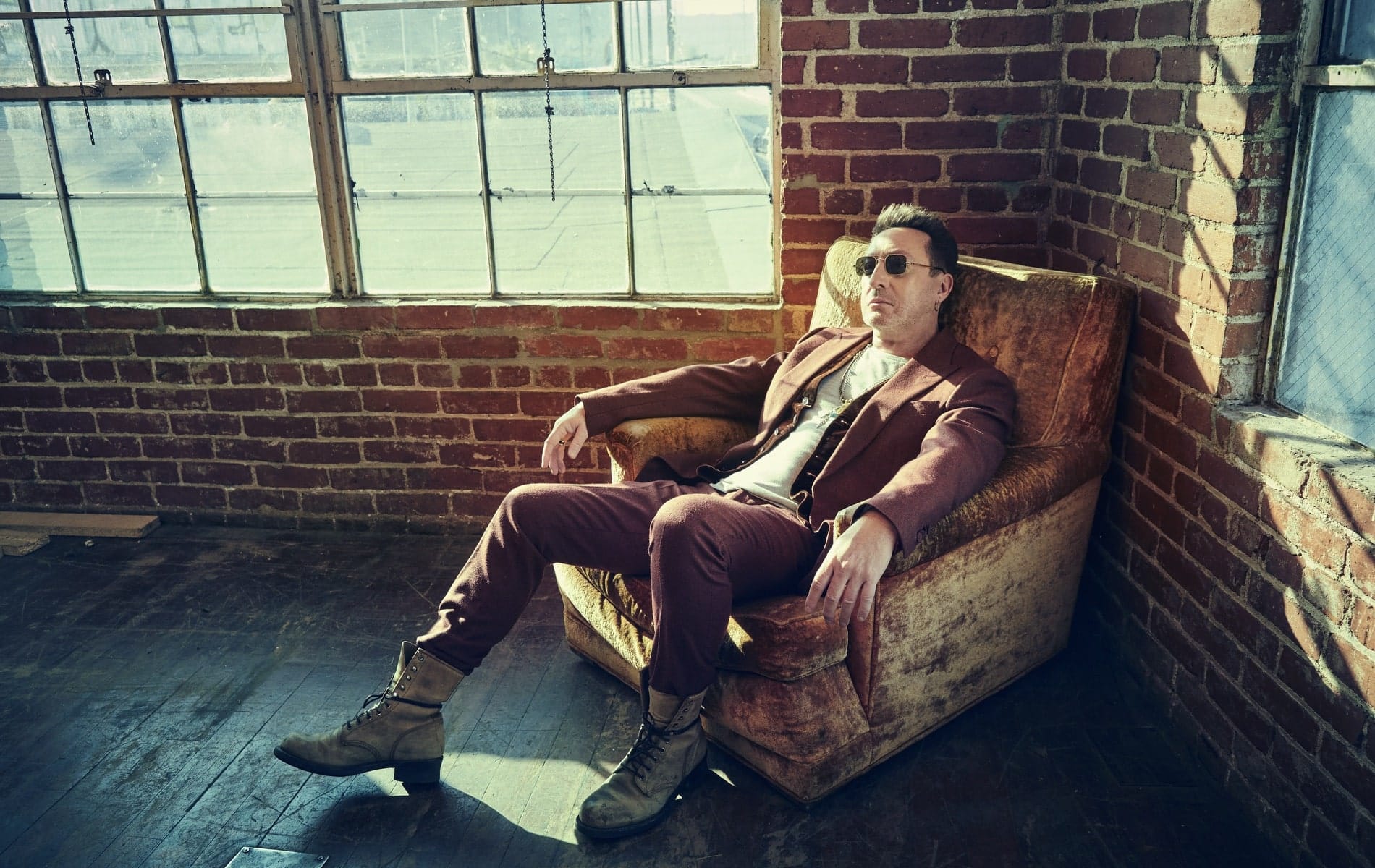
vie-magazine-julian-lennon-hero1-min
Portrait of a Change Maker
A Modern Renaissance Man
By Jordan Staggs | Portraits by Robert Ascroft
As a man with an innate desire to forge his own path in the world, Julian Lennon boasts a trailblazing career map that looks a lot like the Los Angeles freeway—branching, looping, and twisting in many directions but continually on the move.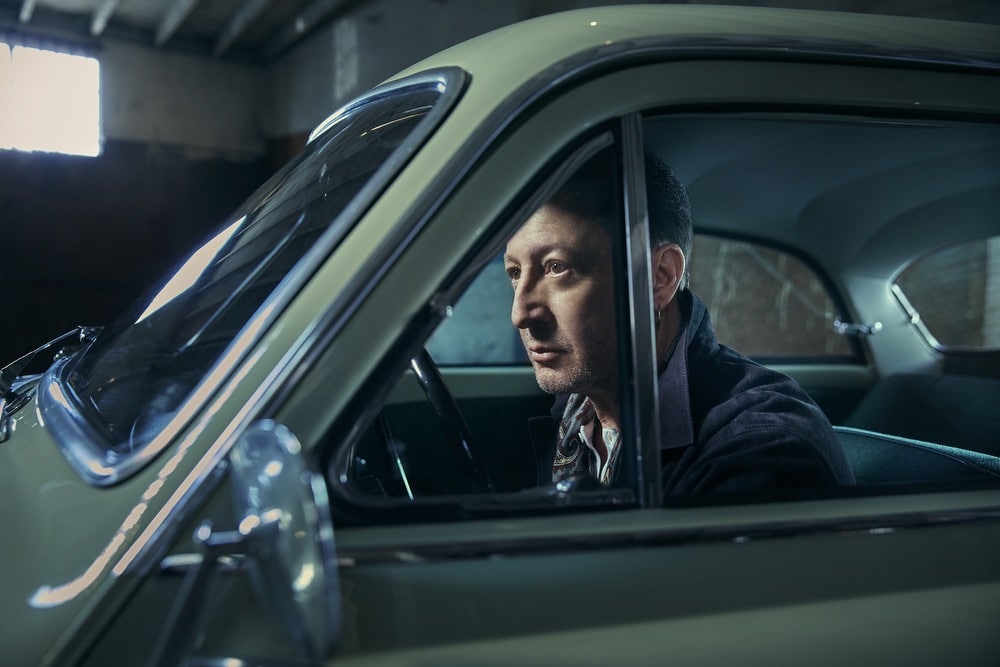
Lennon has always been an artist by nature, making his mark on the music scene early on and releasing his first solo album, Valotte, in 1984 at age twenty-one. The album produced two Billboard Top 10 hits in the US, and he has since created five other studio albums, the most recent being Everything Changes, released in 2011. With a brand-new album in the works and hope for a world tour within the next couple of years, Lennon is back to share his musical soul with listeners old and new—but in the meantime, he’s had another instrument of art in his hands.
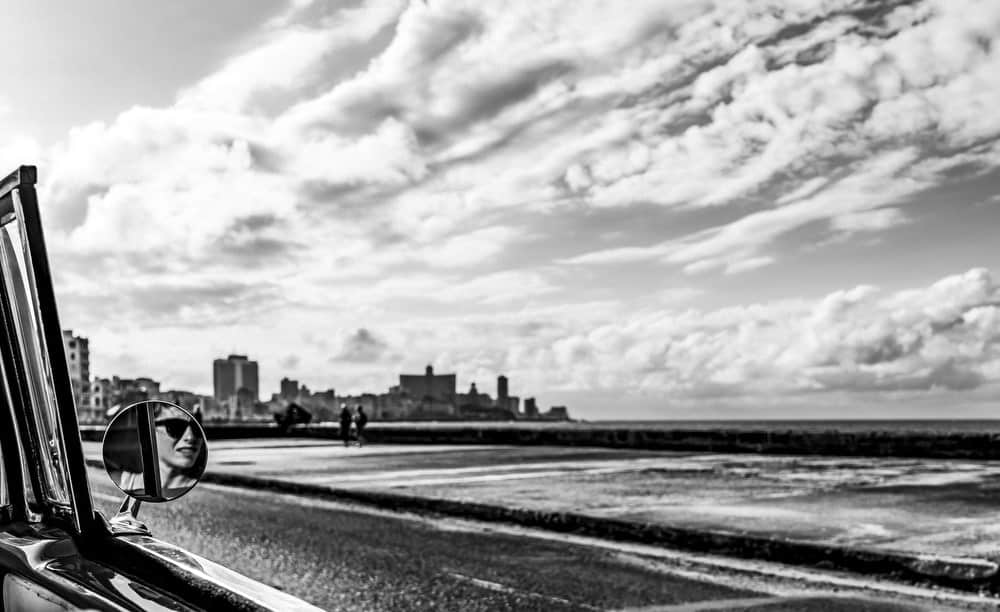
Focus by Julian Lennon | Photo courtesy of General Public Art
Musing that he likes to take most creative projects at his own pace, Lennon says that getting into photography was sort of an accident. “I was working with a dear friend, Timothy White, and he was shooting a charity campaign, and I actually edited some of his photos without his knowledge,” he laughs. “He said, ‘How do you know how to do that?’ I said, ‘I don’t really, I’m just playing around,’ and he said, ‘Well, what other pictures or work do you have?’” The pair began reviewing Lennon’s candid shots taken over the years during his life, travels, and music career. White encouraged him to do an exhibition, and with White’s guidance and support, Lennon embarked on his journey as a fine art photographer. “There are similarities in photography and music, but they’re very different mediums,” he says, and those who view and listen to his work can see that Lennon embraces both with an honest and open-minded point of view.
His first-ever photography show, produced in 2010, featured thirty-five of Lennon’s pictures shown for a month at the renowned Morrison Hotel Gallery in New York City.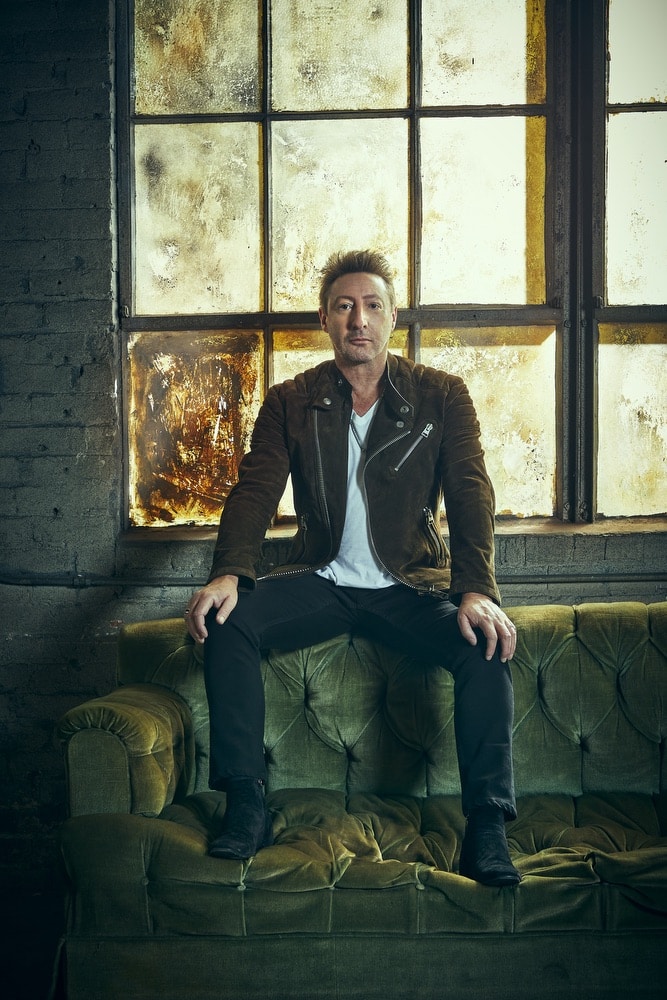
“About three days before that event, there was a lot of anxiety,” he admits. “There’s that buildup where you just don’t know how things are going to go.” He jokes about something every artist can appreciate—critical reviews. “I thought, ‘If they have a go at me on the music front, they’re probably wondering what this guy thinks he’s doing showing photos now.’ And to my absolute wonder and surprise, the response was magnificent. It was very overwhelming.”
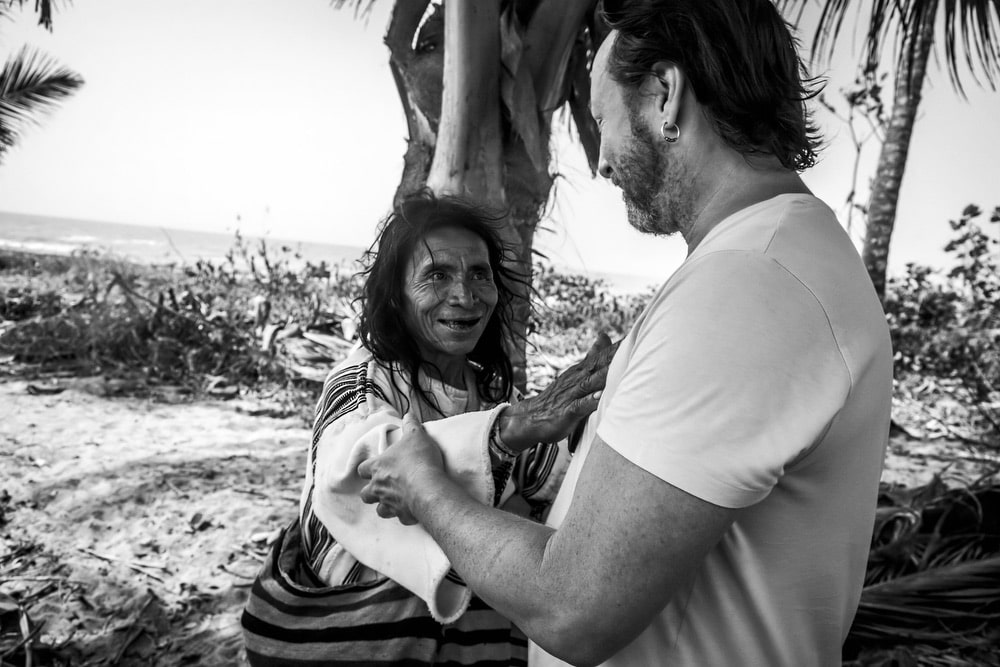
Lennon works with the Kogi people in Colombia to help tell their stories and protect their culture. | Photos courtesy of Julian Lennon/TWFF
Lines wrapped the block for that first show, further shocking the humble artist. Among his photography subjects were his brother Sean Lennon, Bono, and various scenes from his travels. Anything might inspire a Julian Lennon original photograph—from layers of cloud cover to locals fishing off an overpass or members of his travel parties as he visits cities and nations worldwide for his nonprofit, The White Feather Foundation.
“I realized that photography really was a great way—as music is, but this is even more direct—of showing people who didn’t have a chance to travel, people on the other side of the globe, what others’ lives are like,” he says. “It’s a bit like going through the looking glass to provide a very empathetic view of the state of the world, good and bad. I’d been involved in the medium of documentaries and been an avid fan of them for years, but the idea of being a storyteller, a messenger of sorts, made me feel very important in sharing the lives of those I’ve come across with those who don’t have the chance to travel.” He continues, “It’s a very personal journey and a joy to share those experiences. I think it allows people to understand why we need to support others and do better in this world.”

A new well built by The White Feather Foundation in Cameroon will help enable over six hundred students, teachers, and administrators at St. Felix Catholic Primary School to thrive in a healthy environment. | Photos courtesy of Julian Lennon/TWFF
Lennon’s latest collection of fine art photography includes eighteen images now available for public enjoyment as an exclusive collaboration with General Public, the innovative art house founded and curated by former actress Portia de Rossi. General Public’s mission is to make fine art more accessible to all through its Synograph printing technology. “A Synograph, like a photograph, allows the artist to create multiple works from the original, thereby taking great paintings out of galleries and making them available to the general public,” the company’s website states.
Lennon’s collection for General Public is now available exclusively through world-renowned home decor and lifestyle retailer RH.
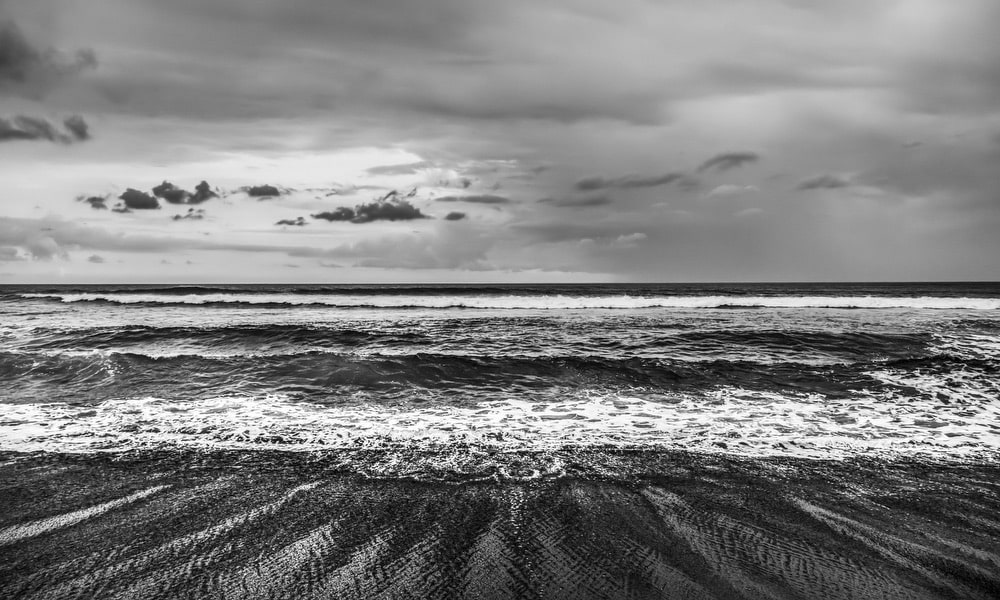
Every Breaking Wave by Julian Lennon | Photo courtesy of General Public Art
“It’s a pleasure to partner and collaborate with Portia and her team at General Public and RH,” says Lennon. “I consider it a privilege for my photography to occupy space in people’s homes—and hearts—especially at this time. I sincerely hope that the images we present in this series resonate in a meaningful way.
“It can be exciting when you hear, ‘Well, you’ve sold this many or that many photos,’ but that’s not really the interest behind what I do on any front, whether that’s music or photography or film production, et cetera,” Lennon continues. “It’s about trying to be a better person and trying to make a difference.”
As a fellow artist, de Rossi says she has always felt a need to create and that the process of doing so was how she expressed her deeply empathetic need to connect with others. “I needed to explore, whether it was just me or if others shared my viewpoint,” she says. “So, I like to think that all art, whether it is acting, filmmaking, or painting, it’s an expression of a person’s emotional experience of life. To connect with others on that emotional level is the goal of all artists.”
Creating General Public was a way for de Rossi to connect artists with even more people around the globe by removing the limits posed by paintings that couldn’t previously be reproduced with the same quality as the original. The Synograph changes all that.
“I saw that advancements in 3D scanning and printing had helped nearly every other field, but not art,” she explains. “So the idea was to take a high-resolution scan of a painting and then use that scan to create an accurate reproduction of the piece, down to every little bump of texture. The artist makes a royalty for each piece sold, and they can still sell their original piece just as they normally would. By printing multiples, we are able to offer the customer a piece of art that supports the artist who created it at a price point that is not based on the scarcity of the original.”
De Rossi continues, “It took us a few years of perfecting the scanning and printing processes to create a product that was a faithful representation of the piece it was depicting. We worked hard to create an exceptional product that the artist can stand behind—more than simply a print of a work of art; it’s an artwork in itself.”
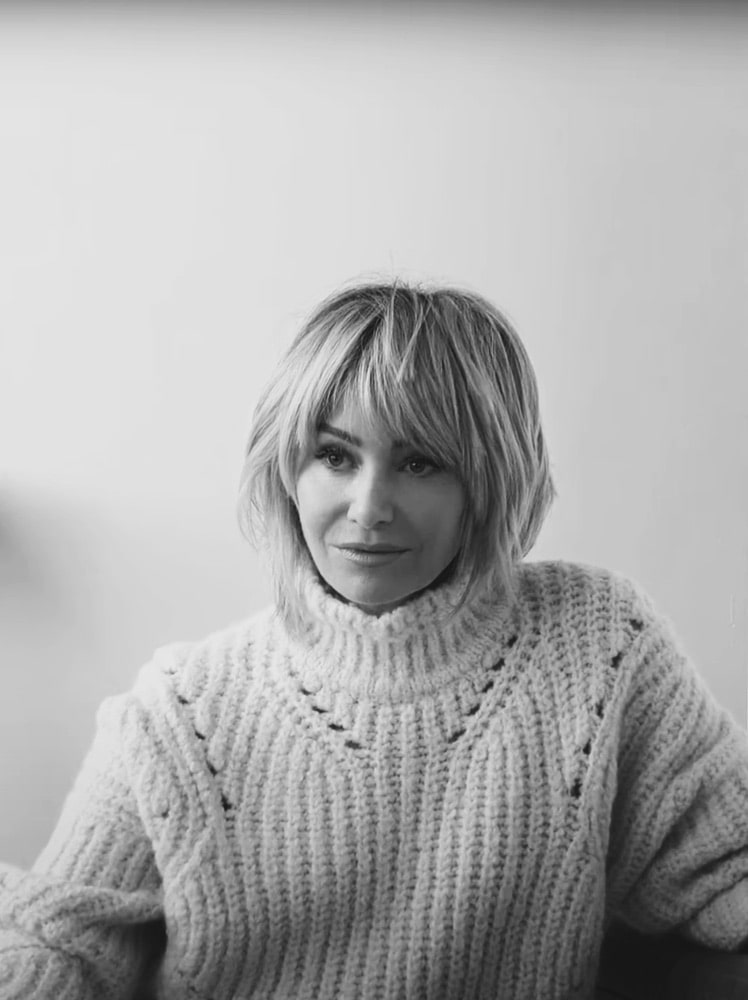
Portia de Rossi
Not surprisingly, RH saw the benefits of the Synograph’s quality and potential as a new way for consumers to collect works by their favorite fine artists at a fraction of the cost. General Public’s partnership with the brand ensures that the artists are still being fairly represented and compensated, and collectors know they are supporting the creators they love.
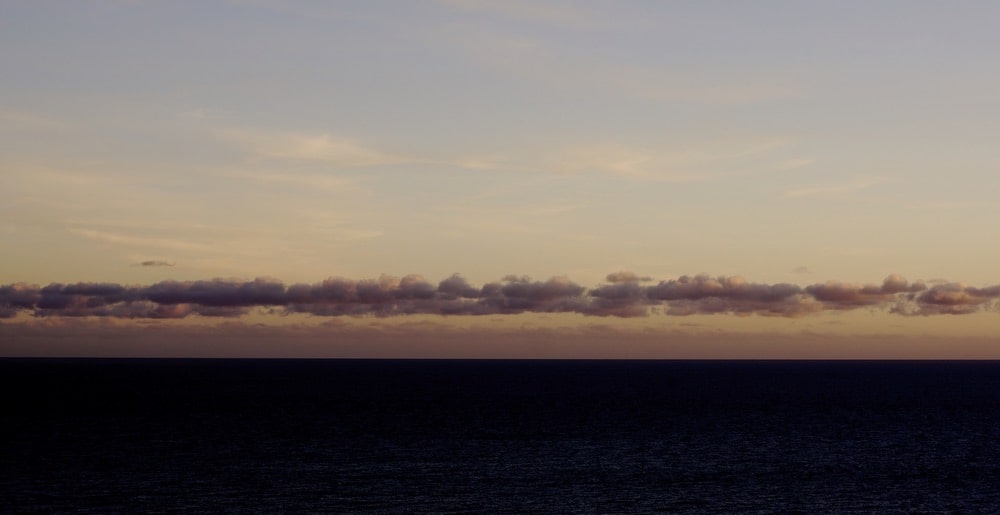
Purple Haze by Julian Lennon | Photos courtesy of General Public Art
“When we decided to add photography into our repertoire, we knew that we wanted to do so with artists who have a unique perspective on the medium,” de Rossi says, explaining how General Public connected with Lennon in the first place through his photography agent, Wendy Posner of Posner Fine Art. “Julian is a great example of this because you really can’t fit his work into one subject matter. He is just as comfortable shooting a portrait as he is a landscape or an abstract. His work inspired me with its wide scope; you can tell that he is drawn to take photographs at all moments, to capture the world around him and re-present it to his viewer. The images in the collection present Julian’s range, and each piece is a powerful representation of its genre.”
Lennon’s General Public collection at RH currently includes a mix of portraits, abstract shots, cityscapes, travel and nature photos, and candids of people and places from his Cuba series.
One such memorable shot is the piece titled Rico Suave, showing the Cuban local who acted as chauffeur for Lennon and his friend during their visit. “He was a character,” Lennon laughs. “We were at one of the places he wanted to show us, outside of Havana, that was a little out of the way from the normal tourist traps because that’s what I was far more interested in. There was a beach in front of us covered in glass—which was very sad, as people were partying and then leaving stuff—and then I looked back, and he was lounging on the front of his car. I made a quick turnaround and snapped it, and believe it or not, that’s one of my favorite pictures. I said to Portia that I wanted that one to be sent to me straight from the printers for my wall. It was completely candid.”
De Rossi says, “I love each piece in the collection, of course, but a piece that keeps me coming back is Smoking in Amsterdam. The work is a great example of how a photograph can capture the mood of a place while remaining a unique abstract image. It exemplifies Julian’s approach to photography to me; he is always observing the world around him and noticing moments that most of us would pass right by.”
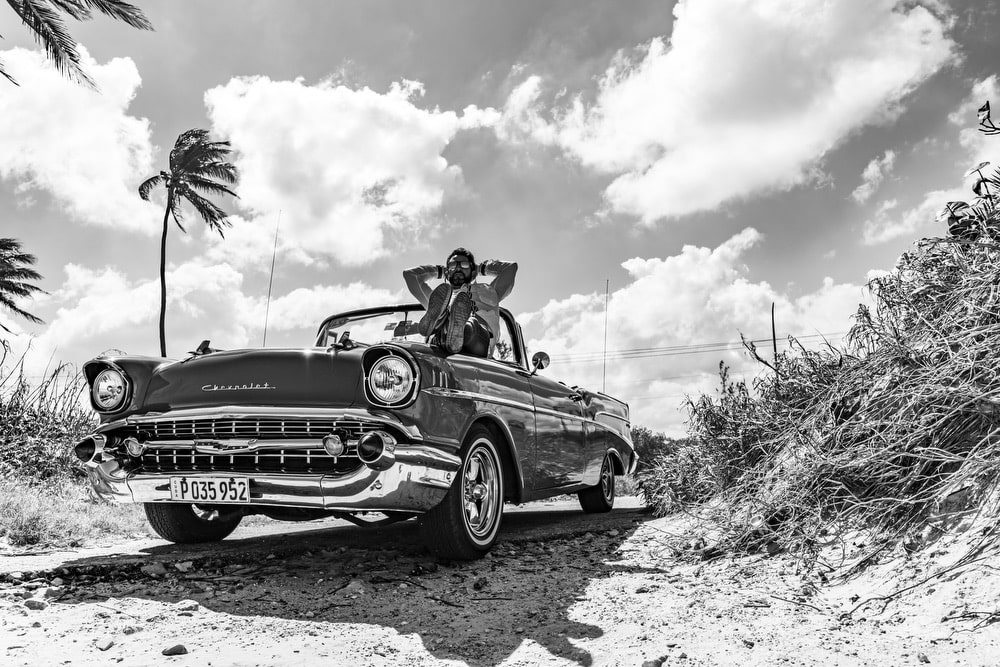
Rico Suave by Julian Lennon |
Photos courtesy of General Public Art
Lennon’s existing photography collection is extensive, so fans can expect to see more from him in the near future. “I’m about fifty thousand pictures in right now, reviewing them, and have about fifty thousand to go,” he laughs.
General Public recently launched more collections at RH featuring new works by artists Alison Van Pelt, Kristin Brin, Marcia Priestley, and more. “In addition to our open submission platform, our creative director, Slater Herman, and our art advisor, Hayley Miner, work with galleries and artist representatives around the world to facilitate meaningful collaborations with artists,” says de Rossi of the General Public selection process. “We choose work on a project-by-project basis; for example, we work closely with RH to curate collections that would be exciting and interesting for their customers. Our goal is to highlight artists in a new light and provide their work ample opportunity to succeed.”
For the chance to join General Public’s roster of featured collections, artists are encouraged to submit their portfolios through the open submission platform at GeneralPublicArt.com. De Rossi jokes, “We are not scary and we don’t bite!” The team looks for artists of varying styles and genres, putting passion above all. “We look for artists who put themselves into their work, who create out of the need to make art,” she says.
The art house is just getting started, with more great things sure to come in the next couple of years as it grows and evolves. “We are experimenting with how far we can push the 3D printing capabilities with an eye toward new mediums,” de Rossi shares. “We are always exploring new ways of utilizing technology to create art, especially if it means that we can offer artists the ability to expand their practices in an exciting way. We are also working on collections with new artists and going deeper into the bodies of work of our current roster. It is a very exciting time. We are really looking forward to showing everyone what’s next!”
In addition to supporting artists, these exclusive collections may also help their philanthropic endeavors. With each sale from Lennon’s photography through RH, a portion of proceeds is donated to The White Feather Foundation (TWFF), his nonprofit dedicated to environmental and humanitarian causes founded in 2007.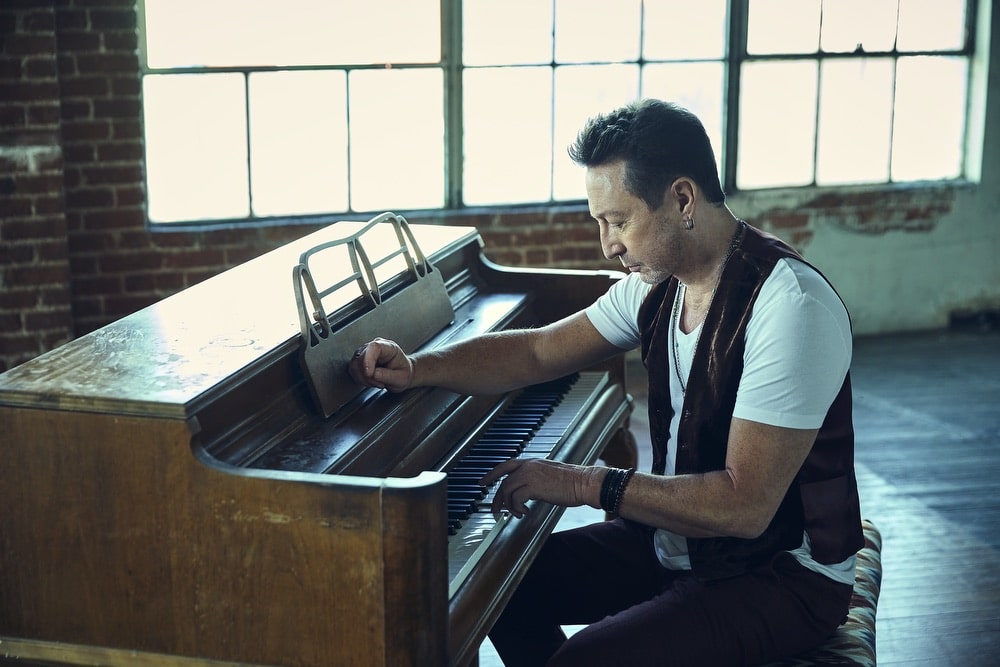
Inspired by Lennon’s first trip to Adelaide, Australia, when the Mirning People visited him, the foundation “embraces environmental and humanitarian issues, and in conjunction with partners from around the world, raises funds for the betterment of all life, and to honor those who have made a difference,” according to the organization’s mission statement.
“From everything I do, whether it’s music or photography, there’s certainly a portion of those profits that goes back to The White Feather Foundation, which is mostly funded by people who donate from the bottom of their hearts,” Lennon shares. “I think the work that I do and getting myself out there gives more people the chance to see what we’re doing with the foundation and to support it, which allows us to do better things—keep cultures alive, provide health, education, and clean water—all those essential things in life that a lot of people still do not have, which is insane.”
TWFF has championed projects to help communities around the globe, including providing funding for a Kenyan orphanage, an ambulance program in Uganda, clean water for villages in Cameroon, fellowships for Indigenous filmmakers in partnership with Sundance Institute, art scholarships for students, and educational programs for girls in developing countries through the Cynthia Lennon Scholarship for Girls. To get the full panoramic look at all TWFF is working toward, visit WhiteFeatherFoundation.com.
Lennon’s work with the Mirning People in Australia and the Kogi people in Colombia aims to share these rich, unique cultures with the world and to preserve them for generations to come. This mission is also behind his new graphic novel, The Morning Tribe, created with Bart Davis and released in November 2021. The book, written for kids and teens, is described as “a middle grade action-adventure graphic novel that showcases young people protecting our critical environment and teaches that we are all part of the struggle to save the Earth’s future and sustain the human race.” The book received the World Literacy Award for 2021 for outstanding contributions to literacy and humanitarian projects.
“To be honest, I had been thinking about writing my memoirs at that point, and I have a dear friend who’s a writer, Bart, who inspired this whole thing,” Lennon recalls. “We were talking about how to approach writing about my life up until this point. And he looked at me and said, ‘Jules, what are you doing with the White Feather for kids?’ I had always wanted to find an avenue to make that work. Bart said, ‘Why don’t we take the ideas and the concepts, everything that White Feather does, and put that in simple stories that kids will understand and ask questions about?’ I agreed, knowing it would initiate conversations among themselves and the parents, too, about why things are the way they are, and hopefully promote some change in some interested young minds and hearts who are looking for a better future.”
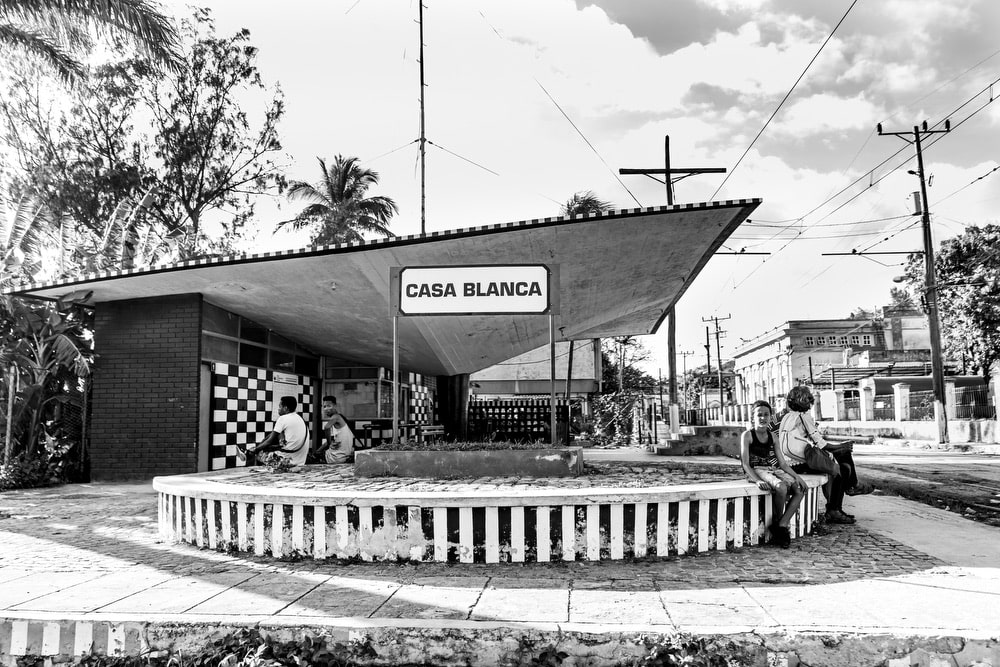
Casa Blanca by Julian Lennon | Photo courtesy of General Public Art
A renaissance man with many talents and interests, but always in the spirit of helping others and the planet, Lennon has also produced and worked on various film projects. The most recent is Kiss the Ground, a Netflix documentary narrated by Woody Harrelson that promotes the Los Angeles–based nonprofit organization of the same name. The film, released in 2020, was featured at the Tribeca Film Festival and praised for its inside look at regenerative agriculture, environmental stewardship, and education for the public, media, and political organizations worldwide to reverse climate change.
“It’s a fantastic film. A friend of mine who is a producer and an incredible editor, Darius Fisher, told me he was working on it,” Lennon says. “I went to meet everybody, and I was intrigued. I actually had no idea what they were talking about, with the dust bowl and everything. The production went through some struggles for a couple of years—we wondered if it would get out the door—but it turned such a corner, and the final edit blew me away. What I like about executive producing or being part of documentaries is that there are actionable items; there are things in there that aren’t shoved down your throat, but they’re saying, ‘If we don’t do this, this is going to happen. This is your decision too.’”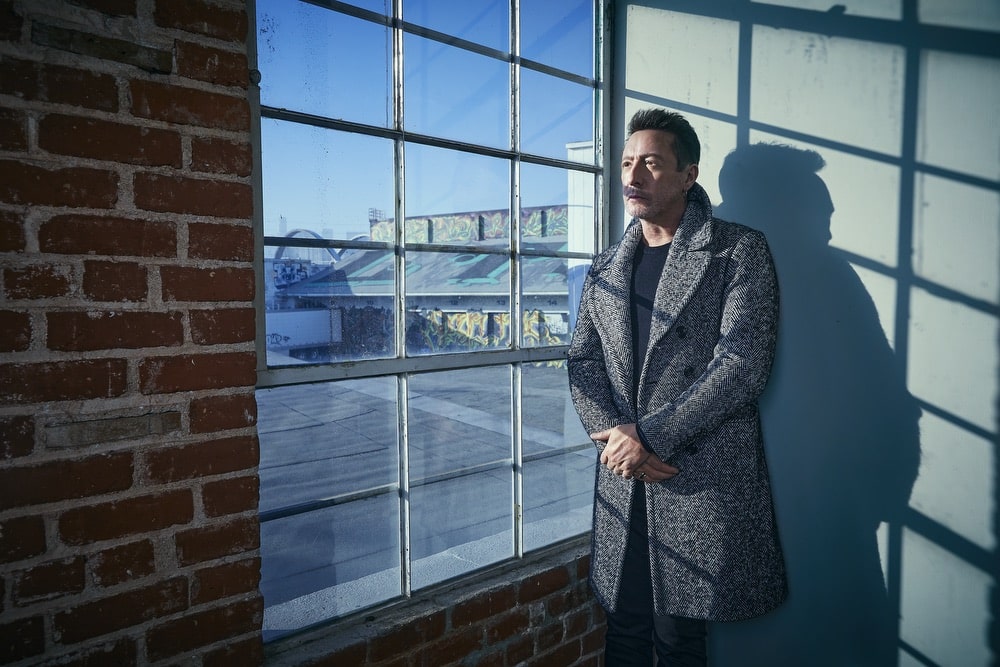
Visit KisstheGround.com to learn more about this global platform for environmental conservation and change, and keep an eye out on White Feather Films, Lennon’s new production company aimed at making documentaries with a mission.
It’s clear that, at fifty-eight, Lennon has established himself as a global force for good as well as an inspiring artist, but he’s nowhere near finished. Hey Jules, we can’t wait to see what you’ll do next!
— V —
Learn more about Lennon’s new photo collection with General Public and RH on VIE Speaks: Conversations with Heart & Soul podcast Episode 19 hosted by Lisa Marie Burwell, visit RH.com/general-public-art to shop now, or head to JulianLennon.com to learn more about his many projects. Julian Lennon is managed by Rebecca Warfield of the Chicane Group.
Portrait photography by Robert Ascroft; Wardrobe styling by (f.e.a.) Francisco & Eddie Barragan; Grooming by Natalia Bruschi; Photo assistants: Benjamin Callot, Mando Lopez; Digital Tech: Luz Gallardo
Share This Story!
KEEP UP WITH THE LATEST STORIES FROM VIE
















































































































































